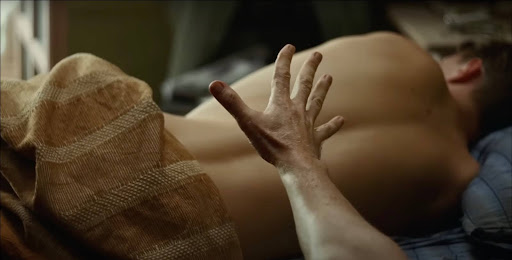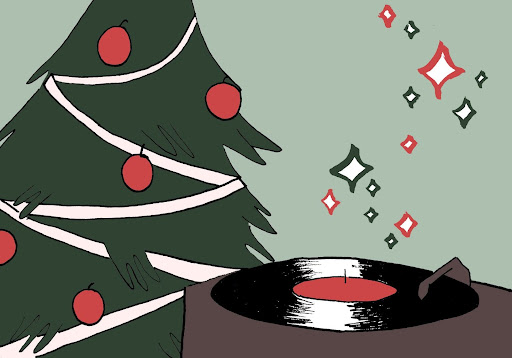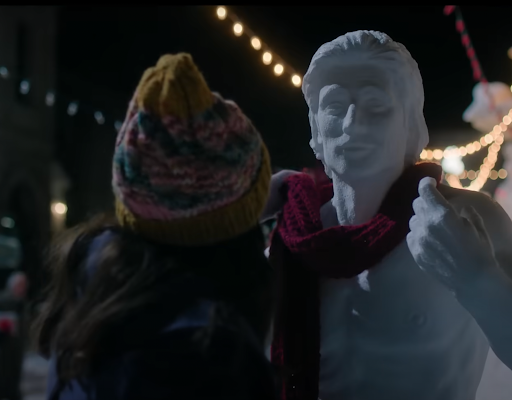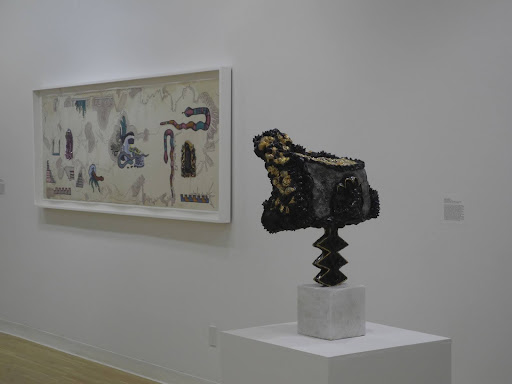
Located right on St. John’s University’s Queens campus in the Sun Yat Sen Memorial Hall, the Yeh Art Gallery is currently home to an exhibition entitled “To Mend the Heat.” Opened on Sept. 17, this exhibit features a collection of mixed media that explores themes of alternative healing methods, both as they existed in the past and as they’ve evolved presently.
When curating this collection, gallery director Max Warsh drew a lot of inspiration from Milford Graves, who was born and raised in Queens. Graves, most known for his work as a drummer and percussionist, was also an acupuncturist, herbalist, sculptor and martial artist — among many other trades.
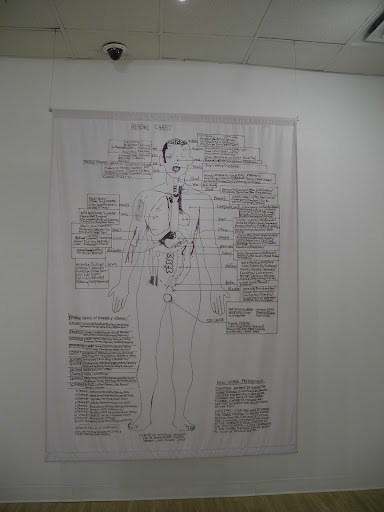
Torch Photo / Molly Downs
One of the original ideas for the gallery was to be solely focused on themes of martial arts, but Warsh found that to be too rigid. In addition to and sometimes in tandem with his percussion, Graves analyzed heart rhythms and how different herbs affected the body throughout his career. This attraction to and self-identification as a healer opened up the theme of healing through art in this exhibition.
The collection features several talented artists, some more localized than others. Damali Abrams in particular is even an adjunct professor at St. John’s University. Apart from teaching at the University, Abrams is also a certified Reiki healer, which clearly translates through much of the work featured.
A major theme in her work is finding power in all materials. Arguably one of the most alluring pieces shown is a tapestry made up of many different materials, including scraps from archives and even Abrams’ own diary.
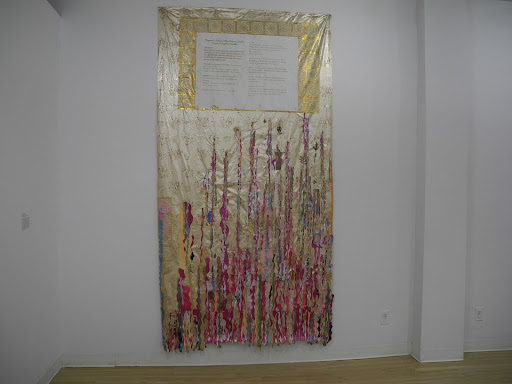
Torch Photo / Molly Downs
Another artist featured in the exhibition is Guadalupe Maravilla, whose work is particularly powerful when familiar with his backstory. Originally from El Salvador, Maravilla lived in the United States undocumented until he went to graduate school and was diagnosed with cancer. Much of his art reflects both Indigenous healing methods and current technological advances in cancer treatment.
The exhibition’s name comes from a painting of the same name by the artist Koyoltzintli. The serene piece near the gallery’s entrance, “To Mend the Heat” contains instructions for a ritual meant to be performed over water, just another example of beauty portraying alternative medicines.
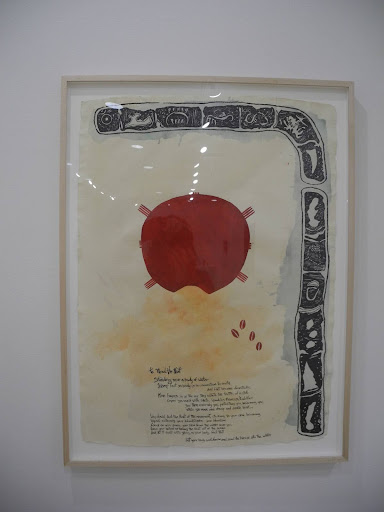
Torch Photo / Molly Downs
This reflection contributes to a wider theme weaved through the gallery: the coexistence of modern and alternative medicines. While advancements are made in science every day, there’s still a lot to be learned from traditional practices as well. Many of these pieces exemplify that alternative healing methods are equally as important.
With many other paintings, collages, sculptures, videos and even an instrument made to be held, this exhibition is a glimpse into the world of healing through art. According to Warsh, this is only a sample of the numerous artists finding and communicating healing in this way. There’s so much further research that could be done on the subject.
This gallery is meant to be a brief introduction to the concepts of healing through art in a way that’s both engaging and understanding. Especially with the opening of the St. Vincent Health and Sciences Center, this exhibition is a great way for students to learn about different opportunities and expressions of medicine.
Open until Dec. 7, “To Mend the Heat” is certainly an experience not to be missed.




